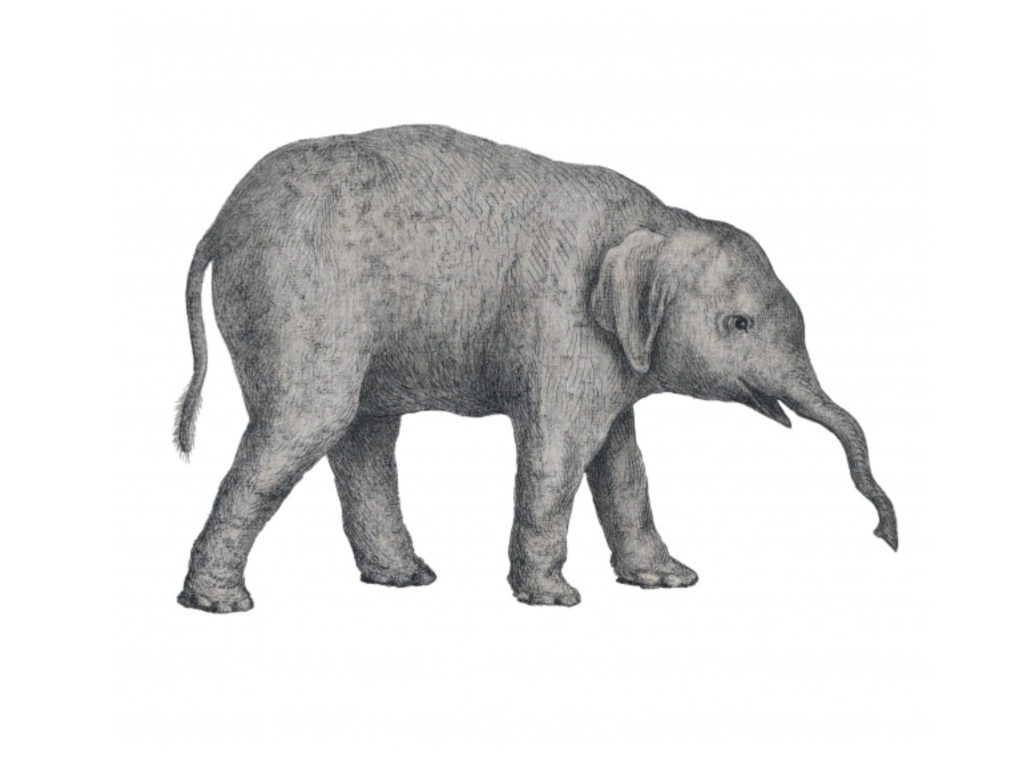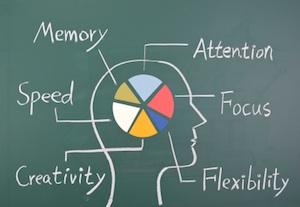
There is a famous story about an elephant, a king, and six men, that Dr. Susan Weinschenk, who is an expert in cognitive and psychology, uses as a metaphor to explain the concept of psychology of usability. The following blog analyses the concept following the article “The Psychologist’s View of UX Design,” written by Dr. Weinschenk for UX Magazine.
The Story of the Elephant
“A king brings six men into a dark room. They cannot see what is in there. The king says to them, “I have bought this animal from the wild lands to the East. It is called an elephant.” “What is an elephant?,” the men ask. The king says, “Feel the elephant and describe it to me.” The man who feels a leg says the elephant is like a pillar, the one who feels the tail says the elephant is like a rope… “You are all correct,” says the king, “You are each feeling just a part of the elephant.”
In The Psychologist’s View of UX Design
To begin with, psychology is about understanding people. Dr. Weinschenk mentions that her background in this field comprises the study of the brain, the visual system, memory, and motivation. And, in the context of UX design, it can reveal some important trends and patterns to understand the user better.

For instance, the story of the elephant is important in this context because it reveals how people understand and perceive what is an elephant. In the same way, we all possess parts of knowledge about a particular issue, and when it is integrated, our understanding of the world is enriched. To the author, “The story of the elephant reminds [her] of the different view of design that people of different backgrounds, education, and experience have.”
Principles of UX Design and Psychology
In her article, Dr. Weinschenk founds similarities between both fields, psychology, and UX design, through the following list of principles:
- People Don’t Want to Work or Think More Than They Have To: It is better to show people a little bit of information and let them choose if they want more details. This is called progressive disclosure.
- People Have Limitations: People can’t multitask. Only provide the information that’s needed at the moment. Related to the concept of progressive disclosure explained in point number one.
- People Make Mistakes
- Human Memory Is Complicated: People reconstruct memories, which means they are always changing.
- People are Social: People look to others for guidance on what they should do, especially if they are uncertain. This is called social validation.
- Attention: People are programmed to pay attention to anything that is different or novel.
- People Crave Information: Learning is dopaminergic, we want information
- Unconscious Processing: Mental processing occurs unconsciously
- People Create Mental Models: Metaphors help users “get” a conceptual model. For example, “This is just like reading a book.”
- Visual System: Use grouping to help focus where the eye should look.
To illustrate this, let’s take a case from Information Technologies (IT). Ticehurst (2003) mentions in his blog “Understanding the psychology of usability” for Computer Weekly, that Robina Chatham, visiting fellow at the Cranfield School of Management, explains that “many IT professionals are drawn to technically challenging areas of functionality, but this does not necessarily produce easy-to-use software.” Consider what your users really need rather than the features of the software. How much do they actually use?.” From her words, we can infer that understanding user needs can inform our designs, and thus, provide better access and use of the software or any other digital product.
Conclusion
In short, the story of the elephant reminds us that the process of designing for users has different approaches. And in order to understand the user better, those perspectives should be more integrated into our designs. In this sense, the short story of the six men, the king, and the elephant Dr. Weinschenk uses as a metaphor teaches us that “A visual designer approaches UX design from one point of view, the interaction designer from another, and the programmer from yet another.” And in the end, if well integrated, the user will have better experiences using our products.